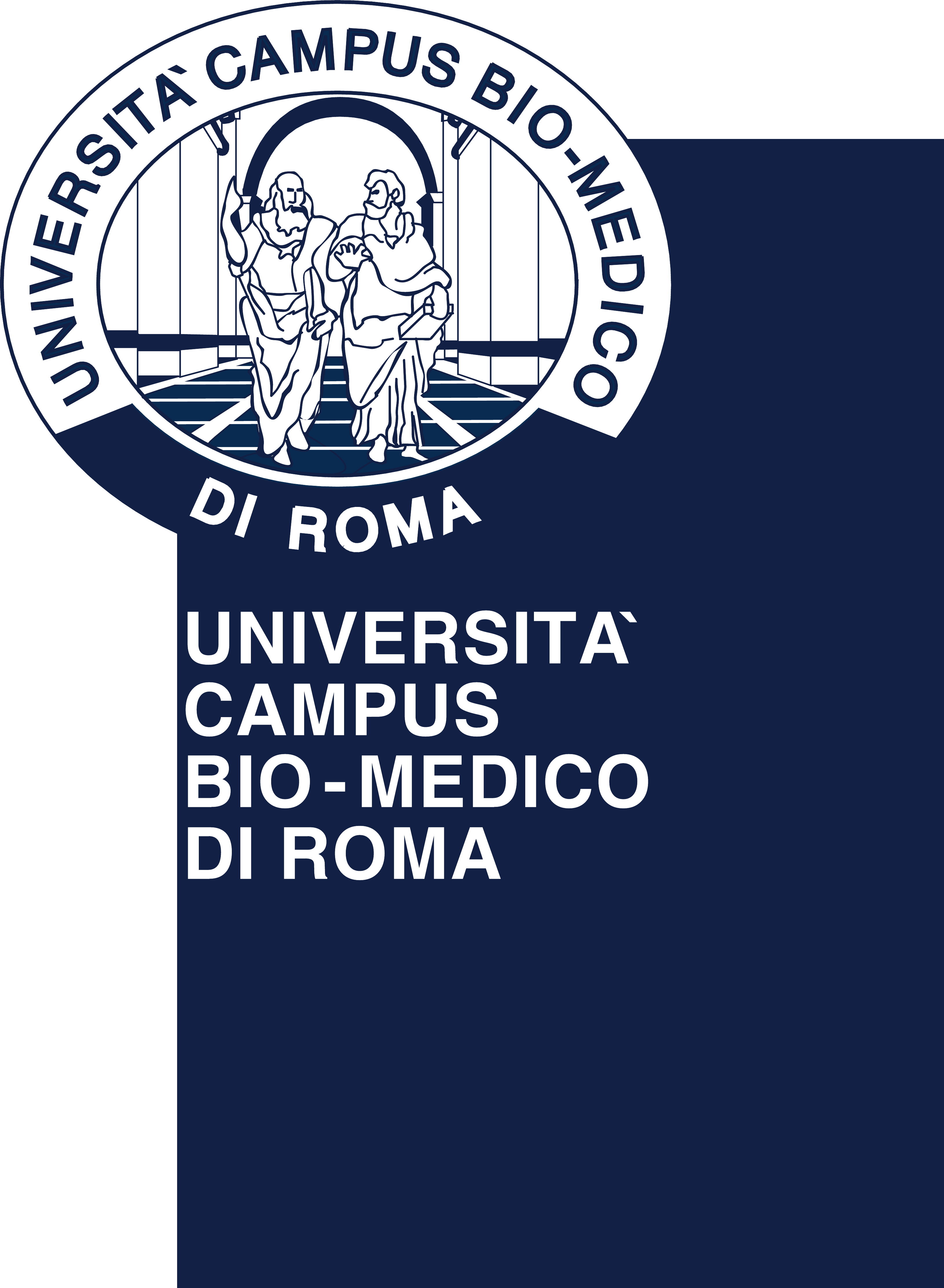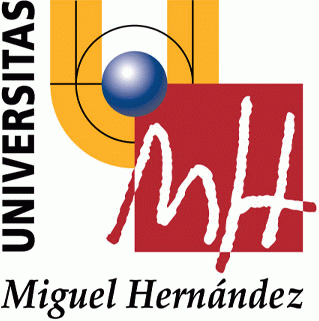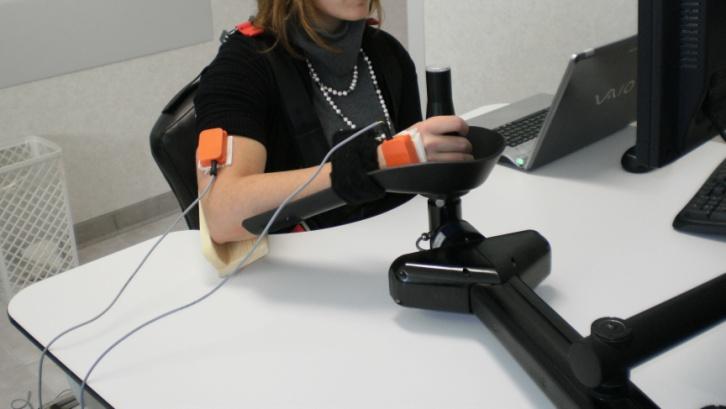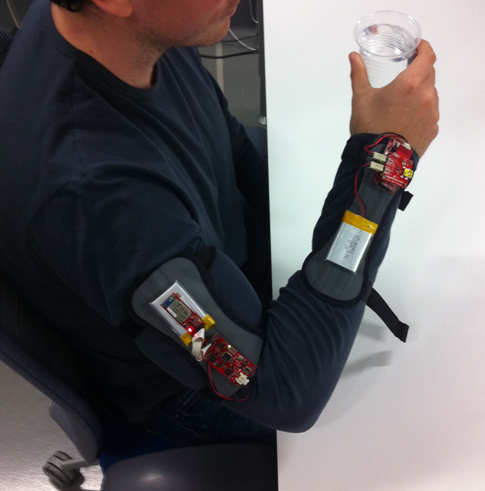MAAT - Multimodal interfaces to improve therApeutic outcomes in robot-Assisted rehabiliTation
The MAAT project aims at developing a new robotic system for the administration of highly sophisticated therapy for stroke patients in order to (i) maximize patient motivation and involvement in the therapy and (ii) continuously assess the progress of the recovery from a functional and neurological viewpoint, with special attention on the issue of safety in human-robot interaction. The uniqueness of the MAAT approach is to include the patient in the loop in a very personal way: multi-modal physiological data (such as motion, forces, voice, muscle activity, heart rate, skin conductance etc.) and an immersive virtual reality system will be exploited to adaptively and dynamically change the complexity of the therapy in accordance with specific patient requirements and ability. For the experimental validation of the MAAT approach, two prototypes of robotic platforms with multimodal sensing capabilities will be developed by using enabling technologies available in the ECHORD equipment list. Two different commercial robot manipulators will be used as the key components of the MAAT platforms: modularity, dexterity, flexibility and adaptability of these systems will allow the execution of a wide variety of therapeutic exercises that will significantly extend the current state-of-the-art, paving the way for a new generation of re-hab robotics products. The close collaboration with qualified medical experts in the areas of neurology and medicine and rehabilitation at the University Campus Bio-medico in Italy and at other clinical centers in Spain, will be of great benefit for preliminary clinical validation of the MAAT systems on post-stroke patients.
 |
 |
| Size | Modified | |
| ManusExsens.jpg | 28 KB | 2011/05/24 |
| robot_schunk.jpg | 49 KB | 2011/05/24 |
| Wearable electronics measuring kinematic parameters.png | 384 KB | 2012/03/19 |
Experimenting Partners
Università Campus Bio-Medico di Roma (Coordinator)











